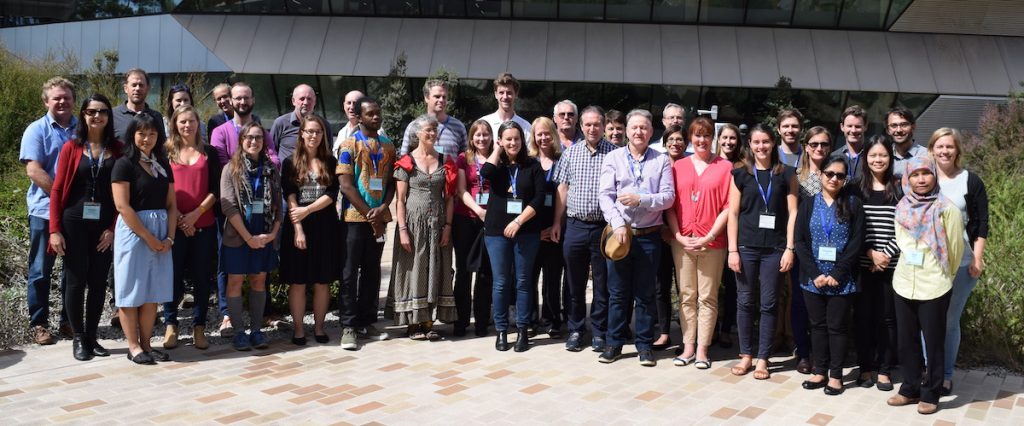
by Scott Power, Ailie Gallant, Danielle Verdon-Kidd, Benjamin Henley, Dewi Kirono and Andy Pitman
A successful workshop on the science of multi-year drought was recently held at Monash University in Melbourne, where 50 experts from Australia, and small number of experts from the UK and the US, met to discuss what we know about the science of these droughts in Australia.
The workshop was an opportunity to collate information and gain insights into the character of observed multi-year droughts, their causes, the ability of climate models to simulate them, and what the future holds for these droughts in Australia.
There were several highlights that came out of the workshop.
- Multi-year droughts have devastating impacts on agriculture, environmental flows and natural ecosystems, water supply reliability and the broader economy. Many Australian water supply reservoir systems have been designed to withstand low inflows for around two to four years, but have insufficient carry-over storage to mitigate against longer droughts .
- Multi-year droughts occur in a wide variety of forms. This includes back-to-back below average rainfall years or decades that are dominated by, but do not entirely consist of, very dry years. Some notable and high impact decadal droughts were partly characterised by an absence of above average rainfall years (e.g., the Millennium Drought).
- All parts of Australia have experienced multi-year droughts at some point during the historical period. Paleoclimate reconstructions indicate droughts of longer duration than have been recorded in the instrumental period likely occurred in the past. Stochastic models calibrated to historical data indicate we are unlikely to have experienced the worst multi-year droughts possible in our current and recent climate.
- Aridity in climate models tends to increase in much of southern Australia during winter and spring in response to global warming. Compared to the period of the instrumental record, this drying increases the risk of what by some definitions would be regarded as a multi-year drought.
- An understanding of multi-year droughts has largely depended on analyses of paleoclimate reconstructions, historical records, and climate model simulations. However, this understanding is limited, in part, by imperfections in the available sources of information. For example, the instrumental period is too short to accurately characterise multi-year droughts, climate models exhibit deficiencies in processes relevant to these droughts, and paleoclimate reconstructions provide climate proxies of varying, and in some cases somewhat uncertain, accuracy (and in the Australian context are currently very sparse and not representative of all climate zones).
- Greater collaboration on climate modelling, climate dynamics, land surface processes and paleoclimate, for example, will help clarify many of the issues.
These and many other issues and opportunities will be discussed in a full report that will become available later in the year.
Acknowledgements:The workshop was supported by Monash University, the Bureau of Meteorology-Climate Research, NESP ESCC Hub Project 2.2 (Climate extremes and variability), the CSIRO Climate Science Centre, the ARC Centre of Excellence for Climate Extremes, and the Universities of Newcastle and Melbourne.
